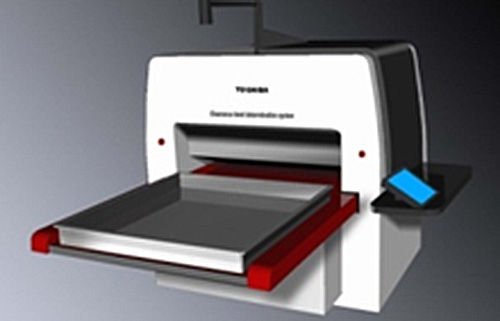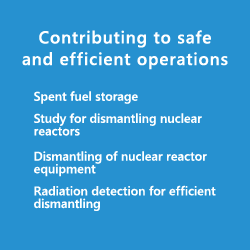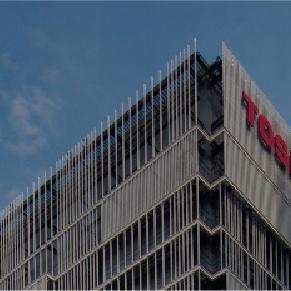Products and engineering services
Decommissioning of retired nuclear power plants
In Japan, retired nuclear power plants will be decommissioned in the future.
By combining the technologies that we have accumulated in the various fields of design, construction, and maintenance. We are contributing to the practical planning and implementation of the decommissioning .
Spent fuel storage
Highly reliable metal casks for intermediate storage of spent fuel
Spent fuel is stored in metal casks (containers) for several decades. We have been developing technology for economic and highly-reliable metal casks that store fuel for long periods of time.
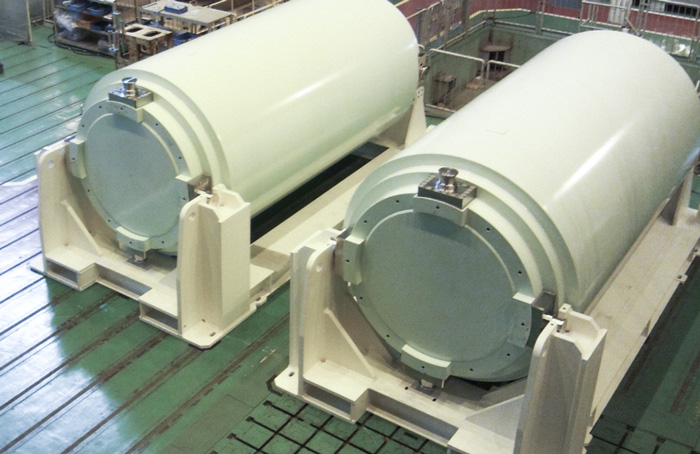
Study for dismantling nuclear reactors
Sampling tools for investigating and planning
In order to make plans for decommissioning, it is important to learn the status of reactor internals and the surrounding piping and equipment. We have been producing sampling tools for each piping and equipment in order to investigate their status so they can be replaced as part of the maintenance work. We can use these tools to make plans for the decommissioning and dismantling .
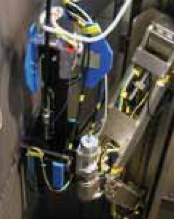
Decontamination to reduce exposure of dismantling workers
We have been developing decontamination technologies to reduce exposure to the workers. We have been applying the CORD (Chemical Oxidation Reduction Decontamination) method with overseas manufacturers for works inside the nuclear reactor pressure vessels, etc. Since then, we have developed our own, original, T-OZON™ method (Ozone Chemical Decontamination), which produces less waste material than the CORD method. Recently, we decontaminated the piping systems inside the reactor containment vessel for the decommissioning work of Hamaoka Nuclear Power Station units 1 and 2.
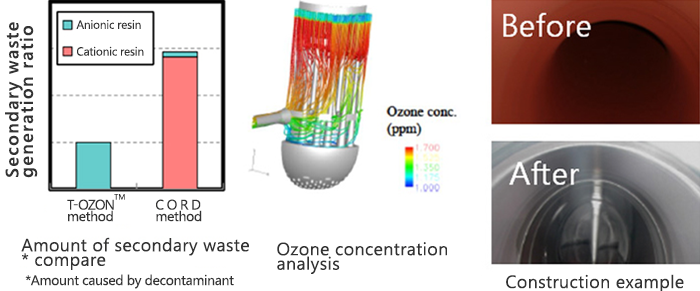
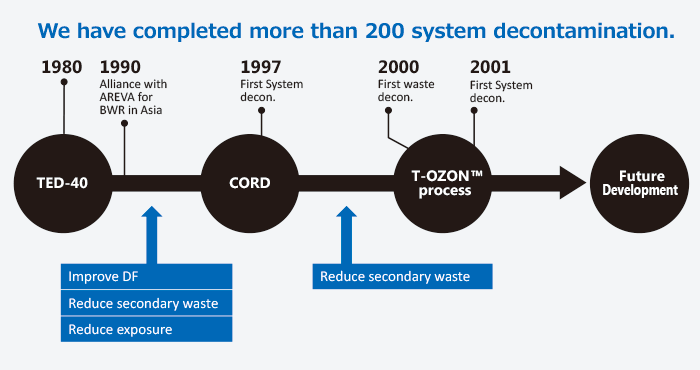
Dismantling of nuclear reactor equipment
Cutting technology with less waste
We have been developing basic technologies to reduce the waste during cutting work.
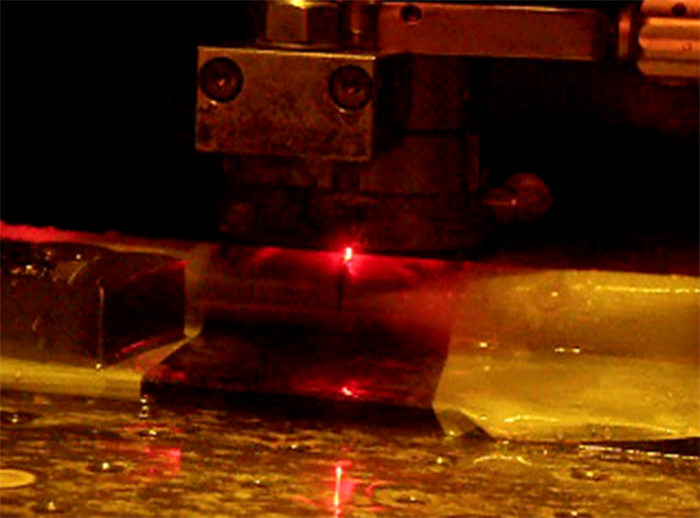
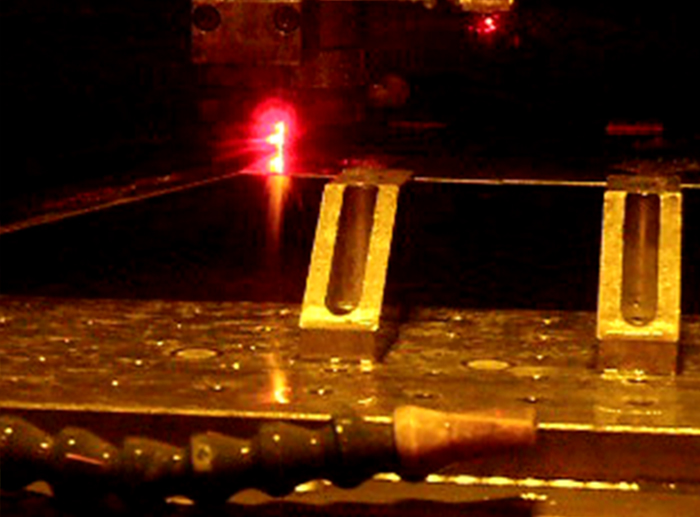
Radiation detection for efficient dismantling
We have been developing instruments that can rapidly and accurately detect the radioactivity level of building structures and waste materials .
Portable gamma camera to visualize hot spots
We have developed the portable gamma camera to visualize radiation hot spot locations of building structures, piping, and equipment.
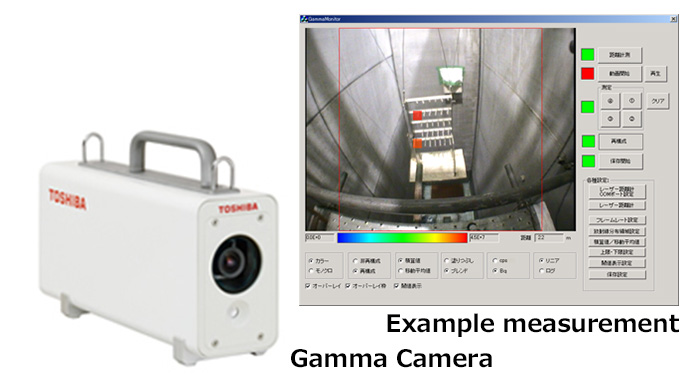
Clearance level detection system to measure minute amounts of radioactivity
In order to process radioactive waste, we have developed equipment that can detect very low-levels of radioactivity in the waste that do not need to be handled as radioactive materials (clearance level). We have different types of equipment depending on the material, size, and shape of the waste, such as portable types for on-site measurements, basket types and tray types for simultaneous measurements, and lance types for internal measurements of piping.
